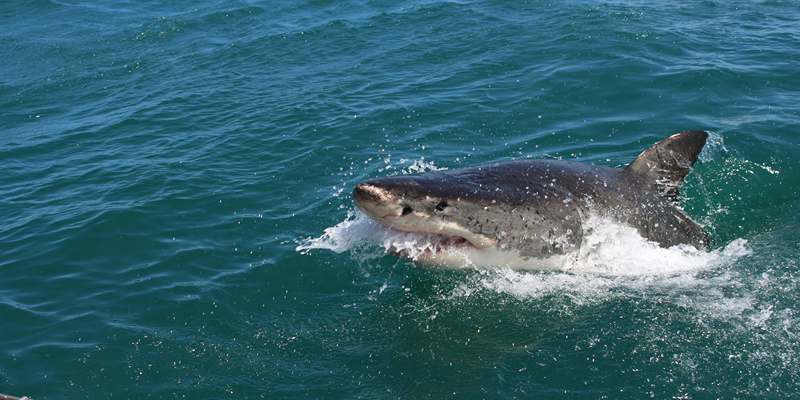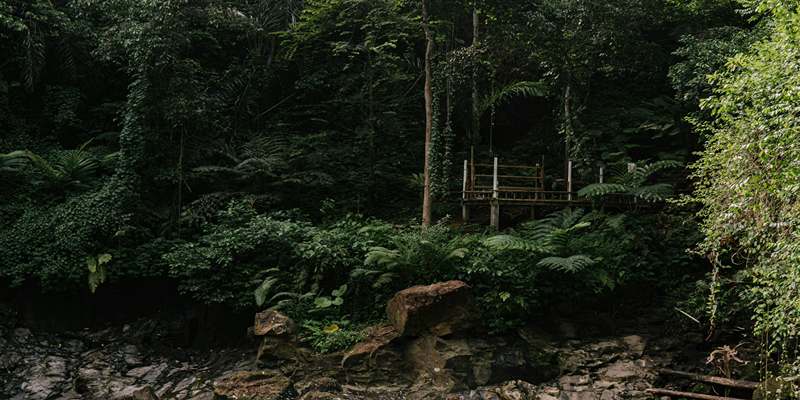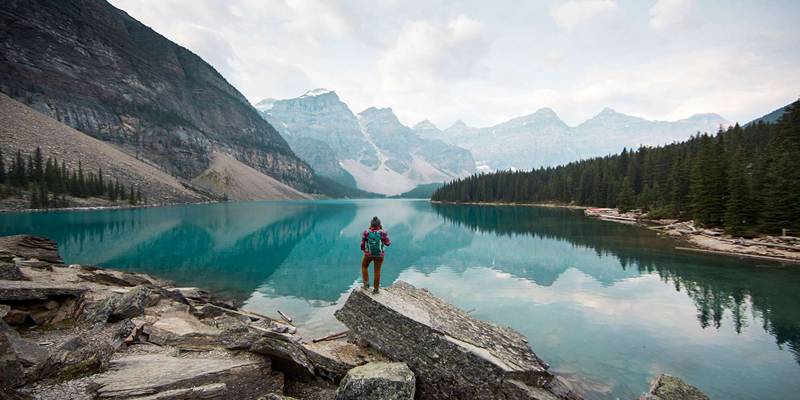One of the best ways to experience exciting wildlife is to dive in a cage with great white sharks in South Africa’s rough waters. This exciting adventure gives you a chance to see powerful predators in their environment without any danger. Due to Gansbaai and Mossel Bay, South Africa is famous around the world for its shark tourism industry. Cage diving with great white sharks is guaranteed to bring you an incredible rush of excitement and offer wonderful views of the ocean. Shark adventure is not only fun but also teaches you more about protecting ocean life and sharks.
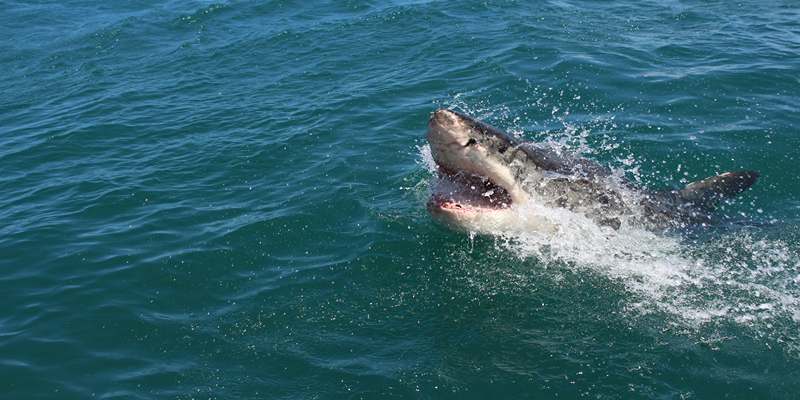
Why You Should Experience This?
Thrill Shark Encounters
It is widely known that South Africa’s coastal waters contain a big population of great white sharks. Since there are lots of seals and the water is just right in the area, they naturally gather here. Seasoned guides have managed to give ethical shark diving tours for decades. Because of how much they know and understand, their tours allow visitors to have responsible experiences. Since sharks can be swiftly viewed in South Africa’s clear waters, it is an excellent spot to observe the creatures.
What Makes Great Whites So Fascinating
It is their large size, great strength, and mysterious ways that make great white sharks very impressive. Their ability to adapt includes being fast and having keen senses, and they can become over 20 feet in length. Even though great whites are said to be ferocious, they are curious and intelligent animals. Since you remain safe behind a cage, you can easily notice just how graceful and muscular they look. Watching these huge animals move silently in the water shifts your opinion of sharks from fear to respect. Being face-to-face with a great white shark is both awe-inspiring and stays with anyone who is not afraid.
The Role of Shark Diving in Conservation
Cage diving industries in South Africa contribute a lot to shark conservation. Well-known tour operators teach people that sharks are important animals and that many are threatened by the effects of overfishing and habitat loss. Money earned from cage diving tours is sometimes donated to support studies and preservation of the ocean. They encourage understanding of sharks’ behavior when moving from one location to another. Swimming with sharks in a managed way can help change the bad reputation many people have about them. When people know more about the value of these important sea animals, they often speak up and defend them. If tourism is conducted responsibly, it can protect the environment in seas and oceans.
Preparing to Cage Dive With Great White Sharks
Location
Gansbaai, located about two hours from Cape Town, is the most popular destination for shark cage diving. This small coastal town has developed a robust infrastructure dedicated to marine tourism. Mossel Bay and False Bay are also known for reliable shark sightings, especially during certain seasons. Each location offers slightly different conditions and experiences, but all have licensed operators that follow strict safety and environmental protocols. Choosing a reputable company ensures both your safety and the well-being of the marine life. Most tours include hotel transfers, breakfast, and a full safety briefing, making the entire experience easy and accessible.
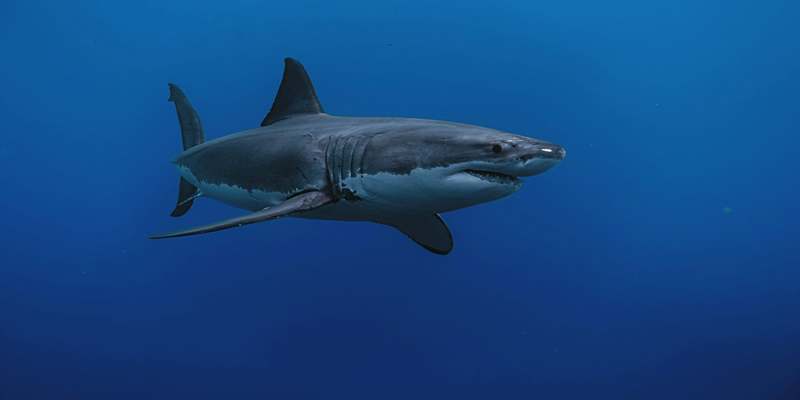
What to Expect on the Day of the Dive
The adventure begins early, usually with a pre-dawn hotel pickup followed by a scenic drive to the harbor. After checking in, guests receive a safety briefing and an introduction to the great white sharks they’ll encounter. Once aboard the boat, the crew travels to a prime shark-viewing spot. A metal cage is then lowered into the water and secured to the side of the boat. Guests take turns entering the cage, wearing a wetsuit and mask. The sharks are attracted using chum (a mix of fish parts) to ensure close encounters. The dive usually lasts several hours, offering incredible views.
Gear, Safety, and Suiting Up
No scuba certification is needed for cage diving, as guests remain close to the surface and breathe through snorkels. Tour operators provide all essential equipment: wetsuits, hoods, gloves, and masks. Safety is a top priority; cages are professionally designed and regularly inspected. Before entering the cage, divers are briefed on hand placement, underwater communication, and emergency procedures. Guides monitor every dive, ensuring your comfort and safety throughout. Even if you choose not to enter the water, many tours offer excellent shark viewing from the boat. The combination of professionalism and safety standards makes this thrilling activity accessible to nearly everyone.
Tips for a Safe and Memorable Dive Experience
Best Time of Year for Shark Diving
The best months for cage diving with great whites in South Africa are April through September. These cooler months offer better water visibility and more consistent shark sightings. In Gansbaai and Mossel Bay, shark activity peaks during this time, increasing the chances of memorable encounters. However, tours operate year-round, and sightings can still occur outside peak season. Weather conditions also play a major role; calm seas enhance visibility and comfort on the boat. It’s best to book your tour early in your trip to allow for rescheduling in case of bad weather.
Responsible Wildlife Tourism and Safety Guidelines
Responsible cage diving begins with choosing ethical tour operators who follow conservation-friendly practices. These operators avoid feeding or touching the sharks, and they minimize environmental disruption. Tourists should respect all instructions given by the crew, including when and how to enter the cage. Keep limbs inside the cage at all times and avoid sudden movements. Observing sharks quietly reduces stress on the animals and enhances the viewing experience.
Capturing the Moment Without Disturbing Nature
Photographing great whites during a cage dive is a once-in-a-lifetime opportunity. Waterproof action cameras like GoPros are ideal, and many operators offer rental equipment. Always use wrist straps to secure your camera and avoid dropping it in the water. Set your camera to wide-angle mode for the best chance at capturing fast-moving sharks. Avoid using flash or making loud noises that could stress the animals.
Conclusion
With world-class locations, expert guides, and responsible tourism practices, this experience offers both safety and inspiration. As you face one of nature’s most misunderstood predators, you gain a new appreciation for their beauty and importance in ocean ecosystems. Whether you’re seeking adventure, education, or unforgettable memories, diving with great whites delivers on all fronts. It’s a bold leap into the wild that you’ll never forget.





